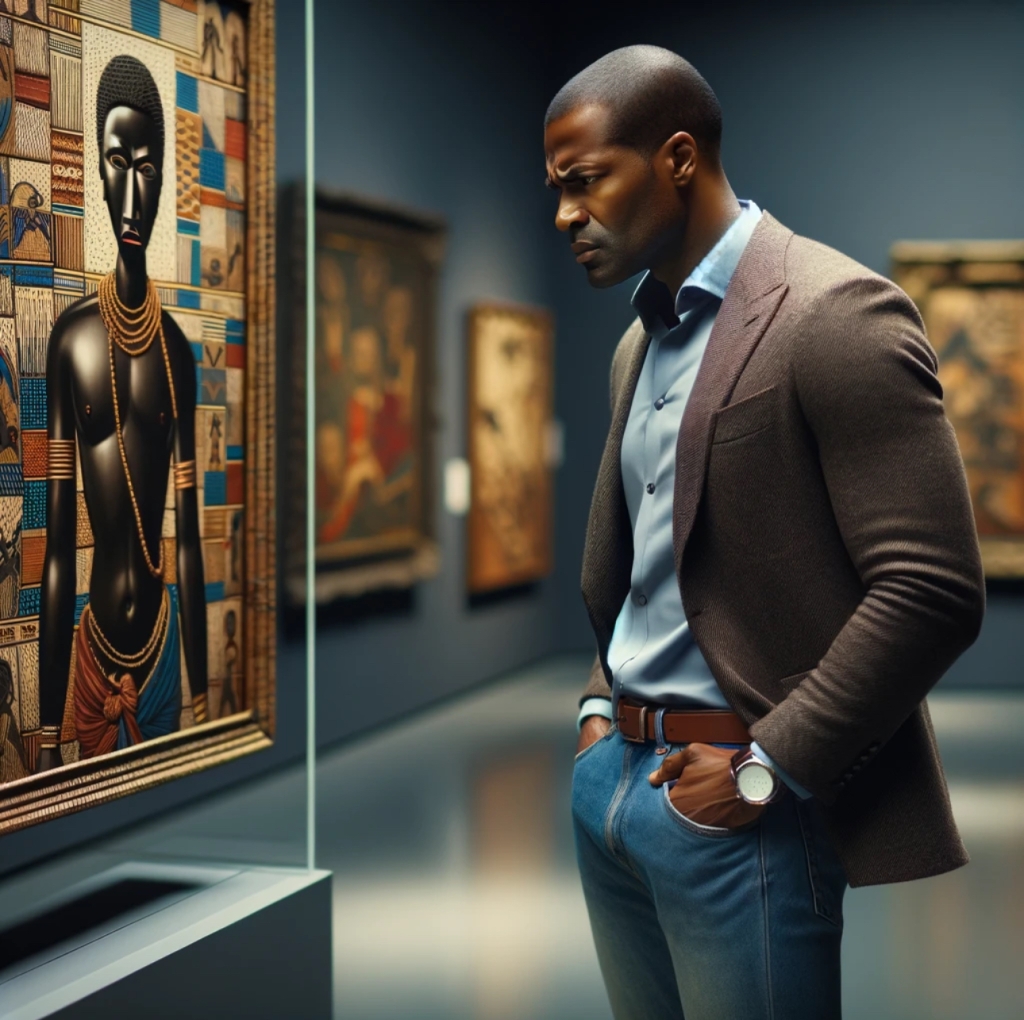Vital Terms
Repatriation is the return of someone or something to their own country.
Provenance is a record of ownership of a work of art or an antique, used as a guide to authenticity or quality.
Restitution is the restoration of something lost or stolen to its proper owner.
Apologia is a formal communication defense that offers compelling response for an organization’s opinions, positions or actions against negative situations. Though the latin stem may look familiar to apology, a remorseful expression of fault, an apologia may include an apology, but it’s much more.
Through an apologia, an organization explains its actions and positions with a clear eye toward convincing critics of its rightness.

In the case…
Of The Metropolitan Museum of Art, they tackle their biggest crisis ever: a repatriation audit of their 1.5 million artwork collection.
The Met reported on Tuesday, April 16, it had returned a Sumerian sculpture titled “Man Carrying a Box, Possibly for Offerings.” The ancient artifact dates from around 2900–2600 B.C., and had been bought as part of its collection since 1955, nearly 70 years. The sculpture’s return to Iraq and the repatriation is a product of the museum’s major efforts to review the provenance of looted items in its collection.
The pressure of the effort stems from facing increasing scrutiny from law enforcement officials, academics and the news media over the degree to which its collection included objects that had possibly been stolen. The Manhattan district attorney’s office has seized dozens of artworks in recent years from the Met to return them to countries including Turkey, Egypt and Italy.
When Max Holliein, director and CEO of the Met, was asked of what was guiding the repatriation of “looted objects,” he stated “It’s important to remember that we often were not the initial buyer or part of the transaction. Objects pass through many hands after leaving their country of origin. Our research includes examining information from source countries or the District Attorney in New York.”
He continues to elaborate, “Our research examines each object diligently, considering factors such as when, how, and where it was created, who made it, and why, alongside the historical context of that time and place. The Met also examines the ownership history or provenance: where has the object been, and in whose care?”
At turning point, the Met announced a decision to recruit an intensive provenance research team.
In March 2024, former Sotheby’s executive, Lucian Simmons, was appointed as the first head of provenance research, set to begin this May. Skepticism followed Simmons’ appointment, due to Sotheby’s criticism over the years for attempting to sell artifacts with questionable provenance. However, Simmons said he had worked to emphasize transparency at the auction house, an approach he would continue at the Met.
The Met created new provenance research positions in the departments of Asian art, the American Wing (with a focus on Native American art), and Egyptian art, and maintained provenance research in its department of Greek and Roman art. These new positions and promotions increase the number of Met employees in provenance research from six to 11.
The Study…
For a team of 11 to scour one of the world’s largest museum collections: over 1.5 million works spanning 5,000 years, is no easy feat. The Met took a series of rectifying behavior strategies to overhaul its image of institutionalized thievery to a museum respecting all peoples. By prompting an internal investigation and publicizing their task force, the Met bought time to come up with an apologia. With the corrective action including the provenance task force, it’s showing the public that change is in progress.
While these are positive changes, the strategy for restitution was late, and with great image comes great timing! Instead of being proactive with their artwork disbursement, they were forced to act reactively due to past seizing by Manhattan D.A. office.
What the Met has worked to repent for is the visibility of their collecting practices. At the bottom of their Art page on their website, they include a link to their new section: Collecting Practices and Provenance Research. By including the date of the section launch in their “CEO-written” press release, it shows dedication and commitment to their “mission to act responsibly and to seek greater understanding of our [the Met’s] shared cultural heritage as well as the origins and evolution of institutions like ours [the Met].”

Leave a comment